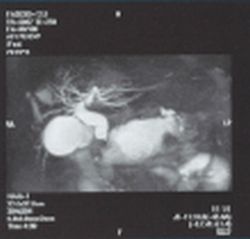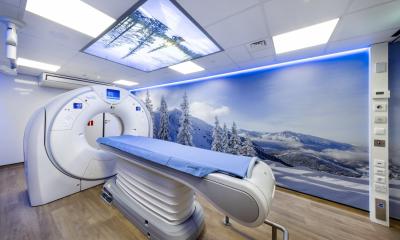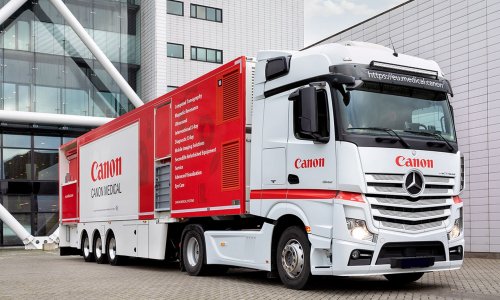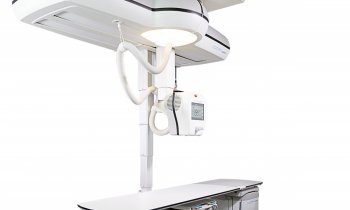Clinical Experience with a Superconducting MRI Scanner
Following the installation of a 0.5-T superconducting magnetic resonance imaging (MRI) system at our hospital in 1987, we have been performing a large number of examinations as a key regional hospital serving the city of Muroran, Hokkaido, and surrounding areas. However, compared with more recently developed MRI systems, 0.5-T systems tend to have poorer image quality and a restricted range of applications due to limitations in system performance. The long examination times required with such systems are also associated with significant patient discomfort. There is therefore no doubt that 0.5-T magnets are no longer acceptable for acquiring the data required for the most advanced clinical examination techniques.

This article was first published in the VISIONS, issue 1/2001, a publication of Toshiba Medical Systems
28.08.2007











